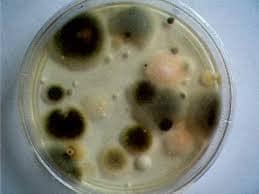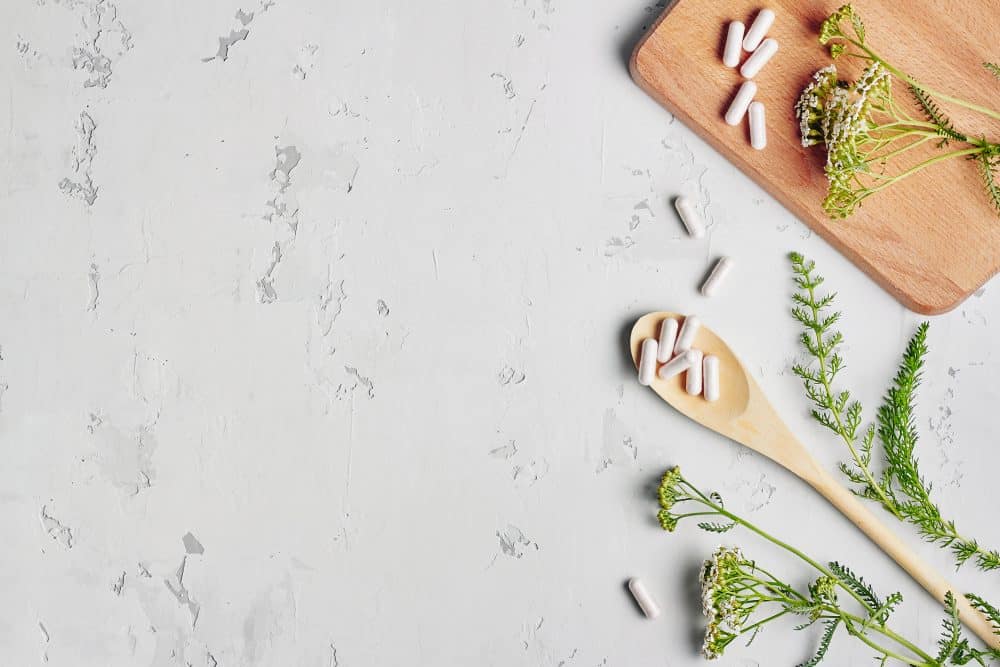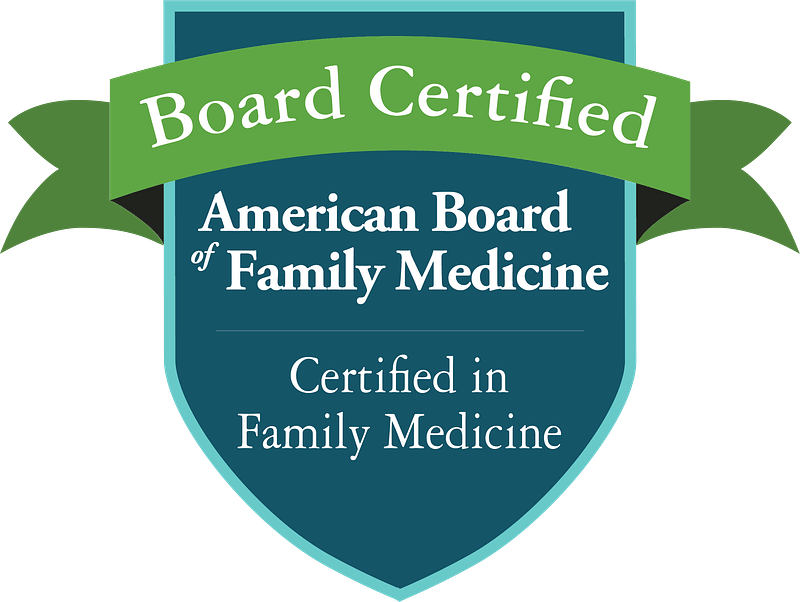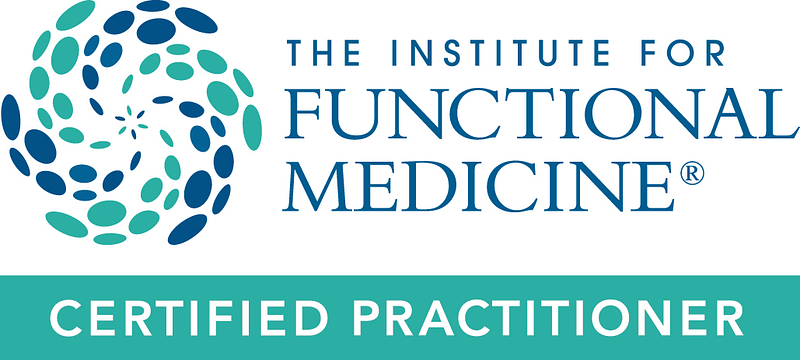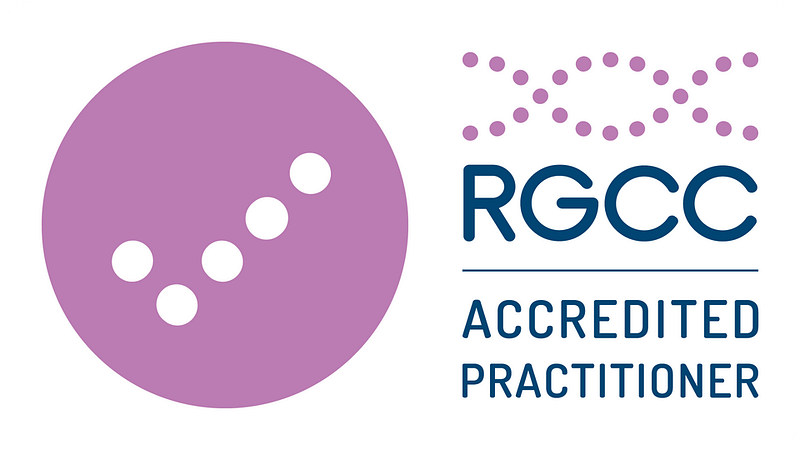By Connie Wilson, RN
If you are allergic to molds, you will need to familiarize yourself with molds-how to identify them, how to eliminate or reduce them in your environment, and the treatment of mold allergy.
Mold is a living plant and a member of the Fungi family. Mold spores are not visible to the naked eye, so by the time mold is visible on an object, literally millions of spores are present. Mold spores are very light and easily airborne, averaging 3 microns in diameter (.0001182 inch). Mold is part of what we call house dust, the ever present little specks that swirl in sunbeams in houses. “Mold showers” occur outside on breezy days when weather conditions, in particular high humidity, favor mold growth. Mold has both an urban and rural presence, and an indoor and outdoor presence.
Unlike pollens, molds are present year-round. Consequently, molds can be the culprit causing year-round symptoms. Molds, however, do have a peak season outdoors – from the time of early spring rains to the first hard frost. The mold population is significantly reduced after snow has been on the ground for five days of longer. Indoors, mold can be a very significant factor in allergic illness on a year-round basis, with basements and crawl spaces being the single greatest source of indoor mold. A particularly virulent blackish-green mold, stachybotrys, grows well on dry wall with its high cellulose content, and exposure to it has been linked to severe immune system dysfunction.
Over-humidification, poor ventilation, and increasingly energy efficient housing that has decreased a home’s supply of fresh air all contribute to an environment that encourages mold growth in homes on a year-round basis. That, combined with the fact that we now spend 90% of our time indoors, (and 70% of that time is spent at home) greatly magnifies the health hazards of poor indoor air quality. A 1994 Harvard University School of Public Health study of 10,000 US and Canadian homes found half of those homes had conditions of water damage and mold that was associated with a 50 to 100% increase in respiratory symptoms. Anyone with a genetic predisposition to allergic illness can become allergic if exposed for long enough to high enough mold levels.
Allergists have long tested and treated patients for reactions that environmental molds have on the mucus membranes of the eyes, ears, nose, throat, sinuses, and bronchial tubes. A Mayo Clinic study reported in Newsweek in December of 2000, that a study of 210 patients with chronic sinus infections found that most had allergic fungal sinusitis. The prevailing medical opinion was that mold accounted for 6 to 7 percent of all chronic sinusitis. This study found that 93 percent of sinus infections were caused by molds.
We now know that in addition to the direct effects of exposure to environmental molds, toxins emitted by molds called mycotoxins, originating both from our external environment and our internal environment of the digestive tract, can be responsible for general symptoms such as fatigue, spaciness, depression, and immune system dysfunction.
Treatment of Mold Allergy
Source Reduction
* The first tactic in mold allergy treatment is to reduce your exposure. All other treatments may be of little value unless you discover and eliminate or reduce the sources of mold in your home, car, and workplace. For some people, elimination of the sources of mold is adequate treatment by itself.
* Rid your home of unwanted and unused items-old shoes, clothes, magazines, and odds and ends stored in your basement and elsewhere. They can harbor mold.
* Exhaust your clothes dryer to the outside of your home and make sure the connections are solid and not leaking moisture into your home.
* Exhaust the bathroom and kitchen range to the outside of your home. Use cooking techniques that reduce the amount of moisture put into the air of your home. Cover your cooking pots with lids. Use your exhaust fans when cooking, showering, or bathing.
* Use dehumidifiers in your basement and in other damp areas in the summer, in particular. They can be the answer for mild moisture problems that support mold growth. Buy the best unit you can afford, preferably with an option of connecting a hose to the water reservoir to drain to a floor drain, to allow the dehumidifier to run regardless of whether or not you remember to empty the tank. The water tank itself can be a source of mold contamination. Clean it monthly.
* Thoroughly dry bath towels after use. Dry clothes thoroughly after laundering. Line drying clothes in sunny weather with lower humidity is recommended to lower mold growth, but not on days with higher humidity. Never put slightly damp clothes in dark drawers or closets. Use ? cup of borax in the wash cycle per load of laundry to deter mold growth.
* Old bed pillows can be a source of mold from subtle moisture accumulation that occurs through use every night. Get a new pillow every 12-18 months and dry your pillow in a clothes dryer at hot temperature setting once a month with a pair of tennis shoes. Pay special attention to the environment of your bedroom, as most people spend about a third of their life in their bedroom. Keep your bedroom free of allergens and chemicals (art and craft supplies, etc.) and houseplants which can harbor mold. Keep closet doors open as much as possible if they do not have their own ductwork for air-conditioning. Air-conditioning makes a home comfortable in part because of the reduction of humidity that makes indoor air more comfortable. Air-conditioning deters mold growth. If you do not have air-conditioning, use fans, as moving air also deters mold growth to some extent.
* Use a face mask if you have unavoidable contact with high mold concentrations-such as barns, compost heaps, or while eliminating mold sources in your home.
* Place pebbles on the top of your potted plants’ soil. This will not get rid of the mold that is always present on the soil, but it will decrease the number of spores that become airborne as air currents in your home set the spores into flight. Houseplants are like good friends – hard to part with. But the molds that can thrive on their soil may stand between you and better health. If you fail to improve despite other efforts, consider housing your plants with a friend for a while and see if you feel better. Cacti require dryer soil which produces less mold.
* Raking leaves results in a high level of mold exposure. Wear a mask while raking or have a less sensitive person rake leaves if you are mold sensitive.
* If you have forced air-heating system with ductwork, consider having your ductwork cleaned. Check out the Environmental Protection Agency’s (EPA) website for useful discussion on air duct cleaning and how to choose a contractor. http://www.epa.gov/iaq/pubs/airduct.html Do not have any chemical biocides or sealants put in your home’s ductwork, as they themselves are sources of indoor air pollution and pose health hazards.
* Don’t over-humidify your house. Moisture condensation on your windows in the winter is a sign of excess humidity. A guideline for indoor relative humidity if 35-50% to strike a healthy balance between too moist and too dry.
* Sprinkling powdered borax in your home in moldy areas is an effective mold deterrent. Or use one ounce of Zephiran chloride (available at most pharmacies) per gallon of distilled water and use that solution as an agent to kill mold. Mold growth will recur unless you take steps to eliminate the conditions that cause its growth in the first place. Poor air circulation, darkness, and moisture all support mold growth. One part chlorine bleach mixed with10 parts water also kills mold, but chlorine exposure also has harmful effects on human health, particularly the lungs.
* If you notice a musty odor in your home, or if others do, and you are unable to determine its source, consider moisture in the insulation of the walls and attic as a possible source of this odor. Improper construction techniques can cause extensive moisture problems that support phenomenal mold growth that can ruin the health of an entire family. Concrete block or cinder block, if not properly sealed, can constantly wick moisture from the surrounding environment. Straw bale homes in the humid environment of North Carolina are certain mold reservoirs. You may need to hire an environmental consultant for severe mold contamination in indoor environments.
Air Filtration
* Depending on the type of furnace filter you have, replace your filter every one to six months.
* Mechanical filters are available that offer many patients relief from airborne (inhalant) allergy symptoms, including those caused by molds. We recommend a HEPA filter for individual rooms that are occupied most frequently as most efficient in filtering airborne allergens, preferably when combined with a carbon block to capture volatile gases that can emit from molds. Whole house systems are also available. In addition ultraviolet light can kill mold whether from the sun or an air filtration unit. Electrostatic precipitators are helpful if you have ductwork and a main plenum with forced air heating and cooling, but they do need frequent cleaning that can be easily overlooked to maintain their efficiency.
Mold Allergy Desensitization
* Due to the fact that some level of mold exposure is unavoidable, employing methods of source reduction and air filtration are often necessary. At Great Smokies Medical Center, we utilize Sensitivity Reduction Technique (SRT) to restore balance in the body to foster desensitization to allergenic substances.
Cross-reactivity
If you are allergic to environmental molds, it is likely that you are also reactive to other members of the same Fungi family that can occur in our food supply. Do not assume that you are, but be aware of where molds are in foods, and watch for any possible intolerance. Click for Dietary Sources of Molds and Yeasts.
Members of the Fungi family can also cause persistent rashes on the skin and mucus membranes, resulting in ailments including thrush, vaginitis, diaper rash, ringworm, and an overgrowth of the fungi Candida albicans, a normal inhabitant of the intestines in small populations. Refer to the information on candidiasis for further information. If you are having immune system dysfunction related to candidiasis or any of the aforementioned diseases involving fungal infections of the skin, sublingual desensitization to Candida, trichodermaphyton, and epidermaphyton can be very helpful in addressing these fungal problems.
Pharmacological and Nutritional Treatment of Mold Allergy
* Antifungal drugs can be used to treat acute and chronic fungal infections. While sometimes providing symptomatic relief, they are more effective when combined with strategies that support the immune system including desensitization, environmental controls, and immune system building specific nutrient supplementation. Simply prescribing antifungal drugs without other supportive treatments is unlikely to have the desired benefits.
* A Neti Pot is available from the Medical Center to use for sinus irrigation with a weak saline solution for treating chronic sinusitis.
* We also utilize superficial injection therapy over acupuncture points related to the sinuses to address autonomic nervous system contributing factors that can perpetuate inflammation and swelling.
* A variety of immune system building strategies are used and individualized for each patient’s specific health situation.
* We aim to minimize the use of antihistamines that can ultimately have a drying effect that sets one up for infections through a loss of integrity of the mucus membranes of the respiratory tract and sinuses. In addition, drug therapies most often address symptoms but rarely treat underlying causes.
* Dietary decrease of sugar is essential, as sugar intake fosters increased populations of fungi. Yeast thrives on sugar.
* We use a variety of herbal, glandular, and nutritional therapies which are given for the immune system support they provide. Most patients develop a protocol which works for them and can be safely initiated at home at the first sign of allergic symptoms.


